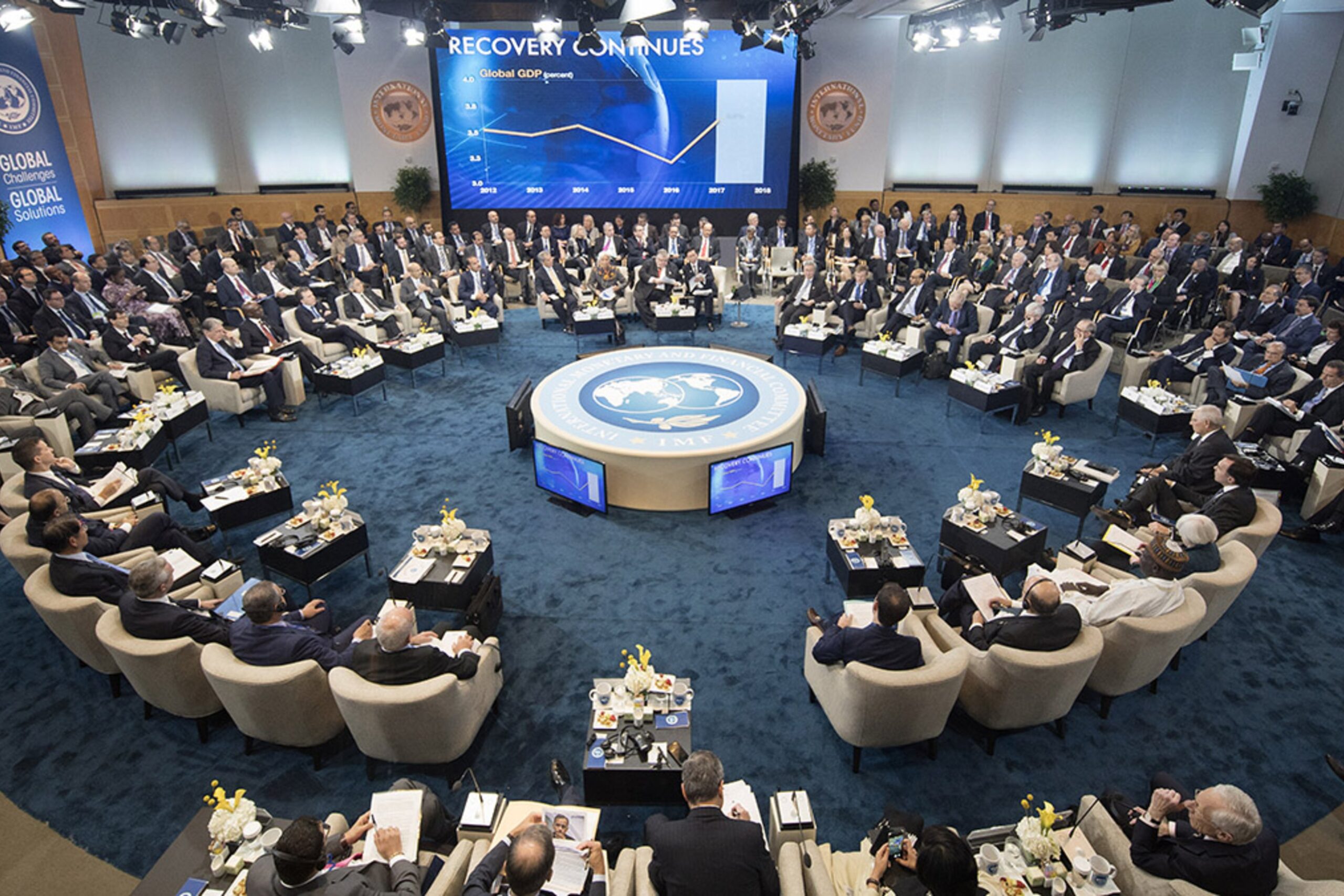IMF backs Zim industries on haemorrhaging currency
ZIMBABWE’S failure to tackle currency turbulences has mutated into the greatest threat against efforts towards rebuilding the country’s failing economy, the International Monetary Fund (IMF) has warned, echoing concerns by domestic industries.
The lender placed 2022 gross domestic product (GDP) growth at 3,5%, as it warned that Nigeria was in the same predicament as Zimbabwe.
Government has projected a 5% growth rate for this year.
“For countries with limited reserves, authorities have sometimes offered favourable rates, including to specific sectors,” the IMF said.
“But the resulting parallel market for foreign exchange (Nigeria, Zimbabwe) can weigh on growth— distorting investment, encouraging rent seeking, and adding to uncertainty,” the IMF said in the April 2022 Regional Economic Outlook for sub-Saharan Africa.
The paper is titled A New Shock and Little Room to Manoeuvre.
“The decision to return to a more unified framework is often difficult, but experience suggests that the shift to a market-clearing official rate is not in itself likely to lead to a sharp increase in inflation, as prices in the real economy tend to reflect the less-favourable parallel exchange rate; and removing exchange-market distortions can give a substantial boost to development, by reducing uncertainty and strengthening competitiveness,” added the IMF.
The paper was published a few days after the Confederation of Zimbabwe Industries (CZI) called for concrete steps to avert a looming crisis.
Against expert warnings, the Reserve Bank of Zimbabwe has controlled the exchange rate since fresh currency reforms were effected in 2019.
Weeks before the CZI red-flagged the deteriorating crisis, the Zimbabwe dollar had dropped in value to about US$1:$400 against an official rate of about US$1:$159.
The currency has since been battered further since industrialists’ warning.
In the past week, the Zimbabwe dollar has been trading at rates of up to US$1:$400 on the black market, against an official rate of US$1:$159.
Some estimates have indicated that the domestic currency may plummet beyond US$1:$500 on the parallel market before year end.
Annual inflation rose to 96% in April, compared to 72% in March, in one of the steepest increases in the past year.
A price rage in the past month has left consumers shocked, with government continuing to cast a positive tone, even as it has become clear that authorities have run out of steam.
“An overvalued Zimbabwe dollar broadly undermines the scope for maximising structural efficiency and the growth of both the export industry and import substitution,” the CZI said in its paper to government.
“The policy of maintaining an overvalued Zimbabwe dollar imposes a big tax on the export industry undermining its growth and transparency. The policy also unwittingly subsidises imported industrial goods that then start competing unfairly for supermarket space with locally-manufactured goods and accelerates deindustrialisation. CZI believes what we are witnessing on the Zimbabwe dollar is tantamount to a bank run on the Reserve Bank of Zimbabwe (RBZ). Mervyn King, Governor of the Bank of England famously said that it may not be rational to start a bank run, but it is rational to participate in one once it has started,” the CZI added.-newsday











